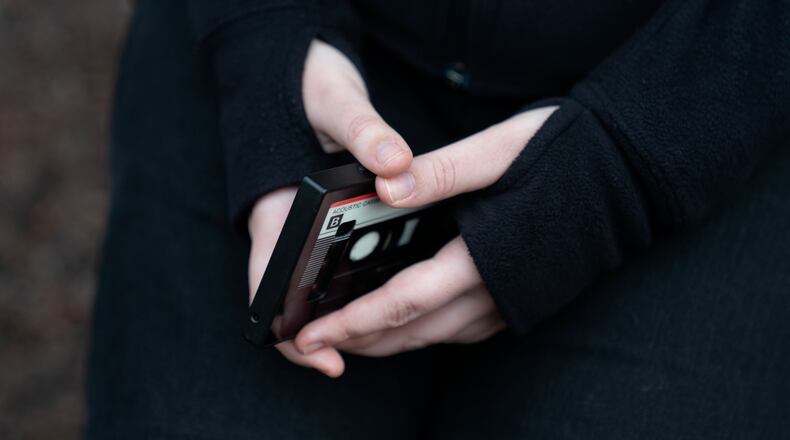“Children are very disconnected and feel alone,” said Dr. Ariana Hoet, executive clinical director of the Kids Mental Health Foundation and a pediatric psychologist with Nationwide Children’s Hospital.
Rates of depression among both youth and adults — which began occurring even before the COVID-19 pandemic— have increased in recent years, data from the Centers for Disease Control shows
“Statistics tend to lag a few years, but data shows that rates have been rising over the past decade,” said Dr. Bruce Vanderhoff, director of the Ohio Department of Health, during a press conference on Thursday.
Of Ohioans 18 or older, 22% said they had been diagnosed with depression, according to the CDC.
That rate was more than 37% among middle schoolers, Vanderhoff said.
“We’ve also seen a higher number of suicides in Ohio since 2017,” Vanderhoff said. “Ohio saw an all time high in 2018, and although numbers have leveled off since then, the trend line for the past few years has not shown the kind of steady decline that we’d like to see.”
The CDC collected data from 2009 to 2019, which showed increases in depression, anxiety, anxiety, suicidal thoughts and behaviors, said Hoet.
“Then the pandemic exacerbates that,” Hoet said. “We saw, not just increases in those areas, but also substance use, eating disorder.”
This led U.S. Surgeon General Vivek Murthy to declare a public health crisis for children’s mental health.
Last year, there were two reports that highlighted two areas of concern, Hoet said, which is loneliness and the negative impacts of social media.
“It’s a great time for us to think about mental health of kids because summer time means a change in routine,” Hoet said. “And we know that kids, adults, all of us, we need our routines to have mental wellness.
That change in going from a school structure to less of a structure during the summer can impact children’s behaviors and moods, she said.
“For parents, we really recommend thinking about what is routine and the structure I want to create at home,” Hoet said.
Adults want summer to be a fun and relaxing time for children, Hoet said, but parents should also make sure they are keeping their children engaged.
“There’s something we call behavior activation in our field, which means keeping kids doing fun things connected to others, doing things they value that they feel proud of, so that we don’t increase that risk of depression, low motivation,” Hoet said
“Make summer fun, but don’t let them just sit around all the time without a structure,” Hoet said.
Mental health issues can occur alongside other issues, such as substance use disorders.
“Sometimes substance use can be the cause of the mental illness and sometimes the substance use can be the consequence of the mental illness,” said Aimee Shadwick, director of RecoveryOhio.
People may use substances to cope with their mental illness, she said.
“As we’re talking about thinking about mental iIllness, it’s really, really important that we’re also thinking about substance use and how those two sometimes are integrated,” Shadwick said.
There are many people who only have a mental illness or only have a substance use disorder, she said, but it’s still important to make sure integrated care is available.
“It’s really, really important to make sure that we are providing that integrated care, so if an individual is suffering from both behavioral health challenges at the same time, they’re able to get the help that they need,” Shadwick said.
The state also used Thursday’s press conference as an opportunity to remind Ohioans about 988, the national suicide and mental health crisis hotline.
“We want everyone to know that help is available,” said LeeAnne Cornyn, director, Ohio Department of Mental Health and Addiction Services.
When someone calls 988, they’ll experience a brief hold while the call is routed to one of Ohio’s 19 call centers, and within about 25 seconds, callers will be connected to a trained professional in Ohio who is knowledgeable about the resources within that person’s community, Cornyn said.
Ohio’s answer rate is faster than the national average, she said.
“Last year, those call centers responded to more than 163,000 contacts that includes calls, chats and texts,” Cornyn said.
About the Author



